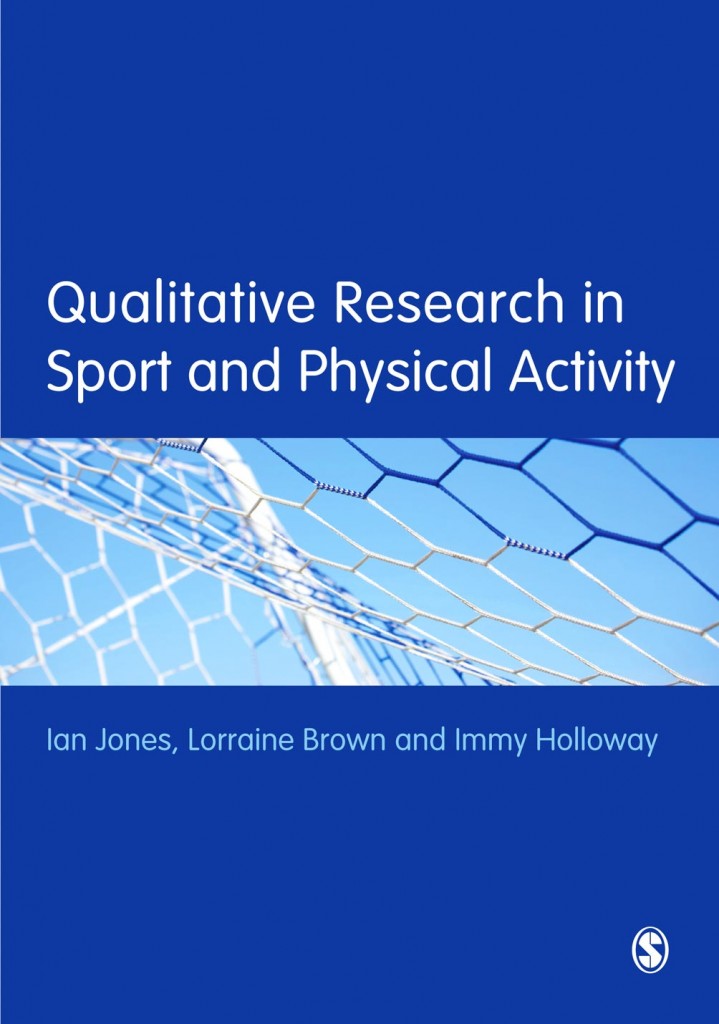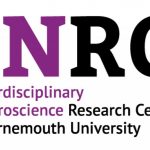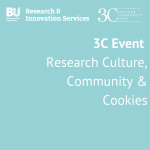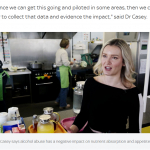 Dr. Dinusha Mendis has published a paper on 3D Printing and its implications for Intellectual Property Law titled ‘“The Clone Wars”: Episode 1 – The Rise of 3D Printing and its implications for Intellectual Property Law: Learning Lessons from the Past?’ The paper was published in the European Intellectual Property Review in February 2013 (pp. 155-169).
Dr. Dinusha Mendis has published a paper on 3D Printing and its implications for Intellectual Property Law titled ‘“The Clone Wars”: Episode 1 – The Rise of 3D Printing and its implications for Intellectual Property Law: Learning Lessons from the Past?’ The paper was published in the European Intellectual Property Review in February 2013 (pp. 155-169).
In drawing parallels with the entertainment industry and online piracy, this paper highlights the challenges which will be faced by the current Intellectual Property (IP) laws as a result of 3D printing and suggests that rather than focus on stringent IP laws the future lies in adopting new business models in adapting to this new technology. To this effect, the paper suggests some recommendations for the future.
Following the publication of the paper, Dr. Mendis was interviewed by BBC 5Live ‘Outriders’ programme – a programme dedicated to exploring the frontiers of the web. The interview was broadcast on 19 February 2013 and is available here http://www.bbc.co.uk/podcasts/series/pods (the relevant section of the interview can be accessed at 15.45 minutes of the programme).
In this interview Dinusha speaks to BBC’s Jamillah Knowles about her paper and the challenges which will be faced by intellectual property laws in the wake of 3D printing.



















 Nursing Research REF Impact in Nepal
Nursing Research REF Impact in Nepal Fourth INRC Symposium: From Clinical Applications to Neuro-Inspired Computation
Fourth INRC Symposium: From Clinical Applications to Neuro-Inspired Computation ESRC Festival of Social Science 2025 – Reflecting back and looking ahead to 2026
ESRC Festival of Social Science 2025 – Reflecting back and looking ahead to 2026 3C Event: Research Culture, Community & Cookies – Tuesday 13 January 10-11am
3C Event: Research Culture, Community & Cookies – Tuesday 13 January 10-11am Dr. Chloe Casey on Sky News
Dr. Chloe Casey on Sky News ECR Funding Open Call: Research Culture & Community Grant – Application Deadline Friday 12 December
ECR Funding Open Call: Research Culture & Community Grant – Application Deadline Friday 12 December MSCA Postdoctoral Fellowships 2025 Call
MSCA Postdoctoral Fellowships 2025 Call ERC Advanced Grant 2025 Webinar
ERC Advanced Grant 2025 Webinar Horizon Europe Work Programme 2025 Published
Horizon Europe Work Programme 2025 Published Update on UKRO services
Update on UKRO services European research project exploring use of ‘virtual twins’ to better manage metabolic associated fatty liver disease
European research project exploring use of ‘virtual twins’ to better manage metabolic associated fatty liver disease